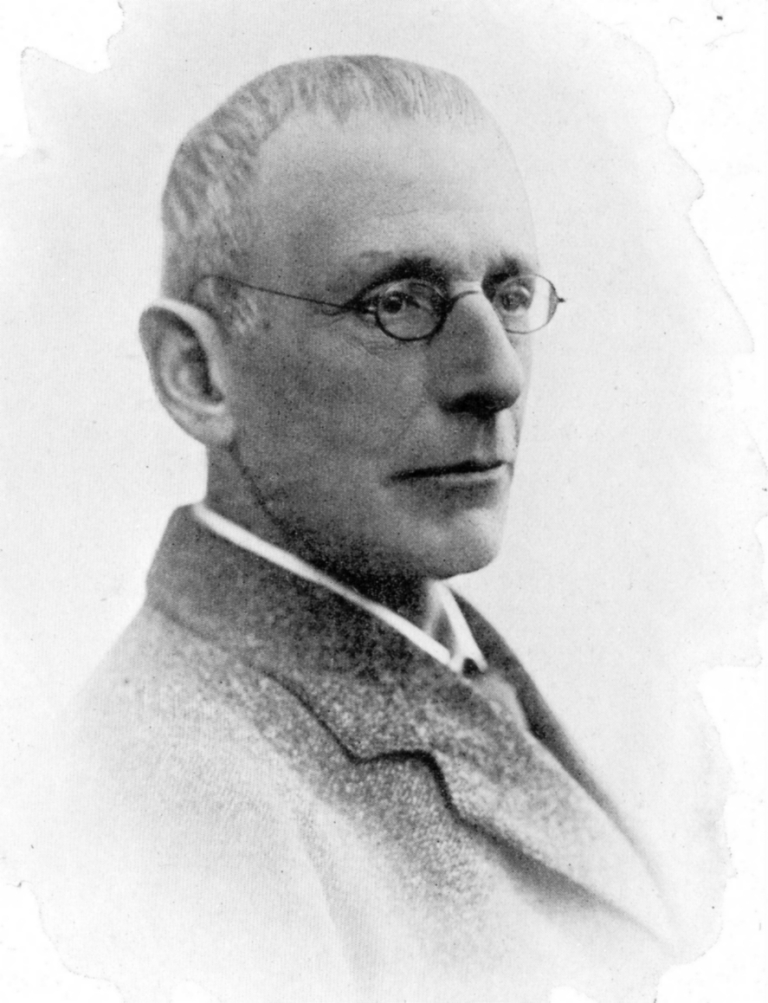
Edward Greenly is best remembered for his geological survey of Anglesey, to which he devoted nearly 25 years of his life. Edward Greenly’s crowning achievement was the completion of a detailed geological survey of Anglesey. The Geology of Anglesey was published in two volumes in 1919, followed by the one-inch geological map in 1920. Although aspects of the work have been revised during the succeeding decades, it remains an internationally renowned classic.
In mapping Anglesey Greenly made extensive use of tectonic ideas developed during earlier fieldwork he had carried out in the Scottish Highlands. He was faced with three main problems: poor rock exposure, especially in critical inland areas; the presence of patchy cover rocks often obscuring the older Precambrian basement; and the presence of tectonic breaks such as faults and shear zones which often hampered correlation between the different rock units. Greenly’s wife Annie (née Barnard), who shared his interests both in geology and theology, played a crucial role in producing the index to the Anglesey memoir.Greenly was born in Bristol and educated at Clifton College. He studied at University College London before joining the Geological Survey in 1889. Initially he was sent to survey in the North-west Highlands of Scotland. He became a close friend and colleague of Ben Peach, whose investigations had been instrumental in unravelling the complex structure of Scotland (including the identification and significance of the Moine Thrust). Greenly resigned from the Survey in 1895 to begin his self-imposed survey of Anglesey.
In recognition of his major contributions to geology, Edward Greenly was made an honorary member of the Geological Societies of both Edinburgh and Liverpool, and of the Anglesey Antiquarian Society. He was awarded the prestigious Lyell Medal by the Geological Society in 1920, the medal of the Liverpool Geological Society in 1933, and an honorary doctorate by the University of Wales in 1920.
With Howel Williams, Greenly published Methods of Geological Surveying in 1930 and his autobiography A Hand through Time: Memories Romantic and Geological appeared in 1938. He died in